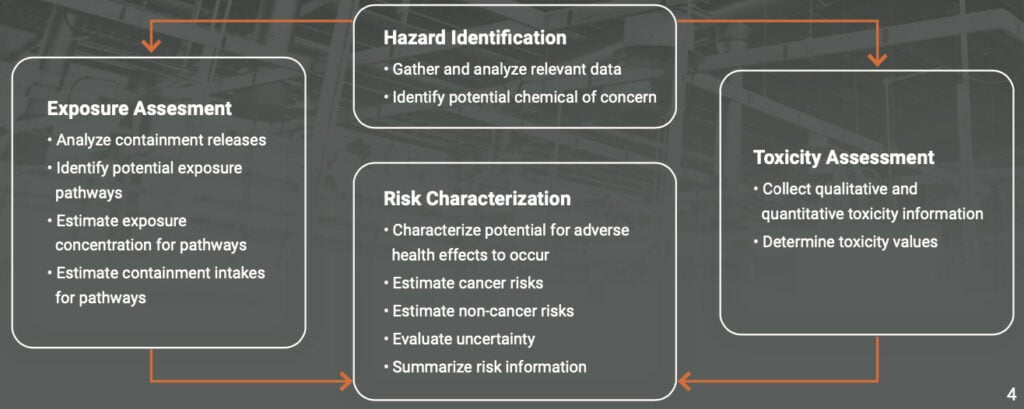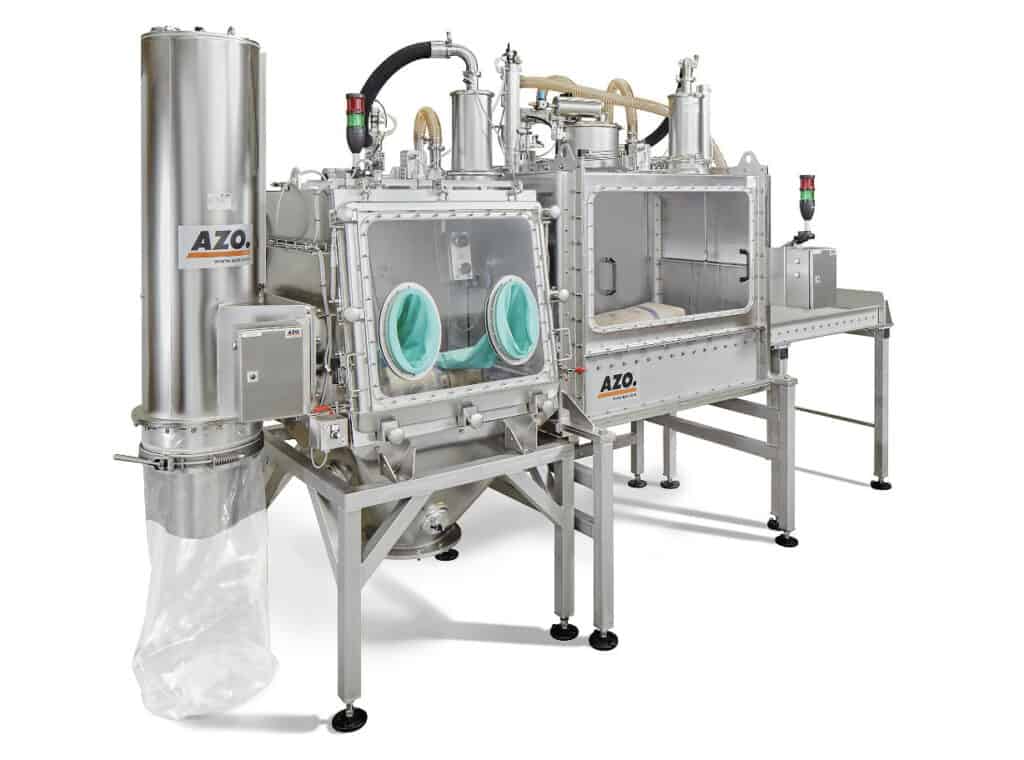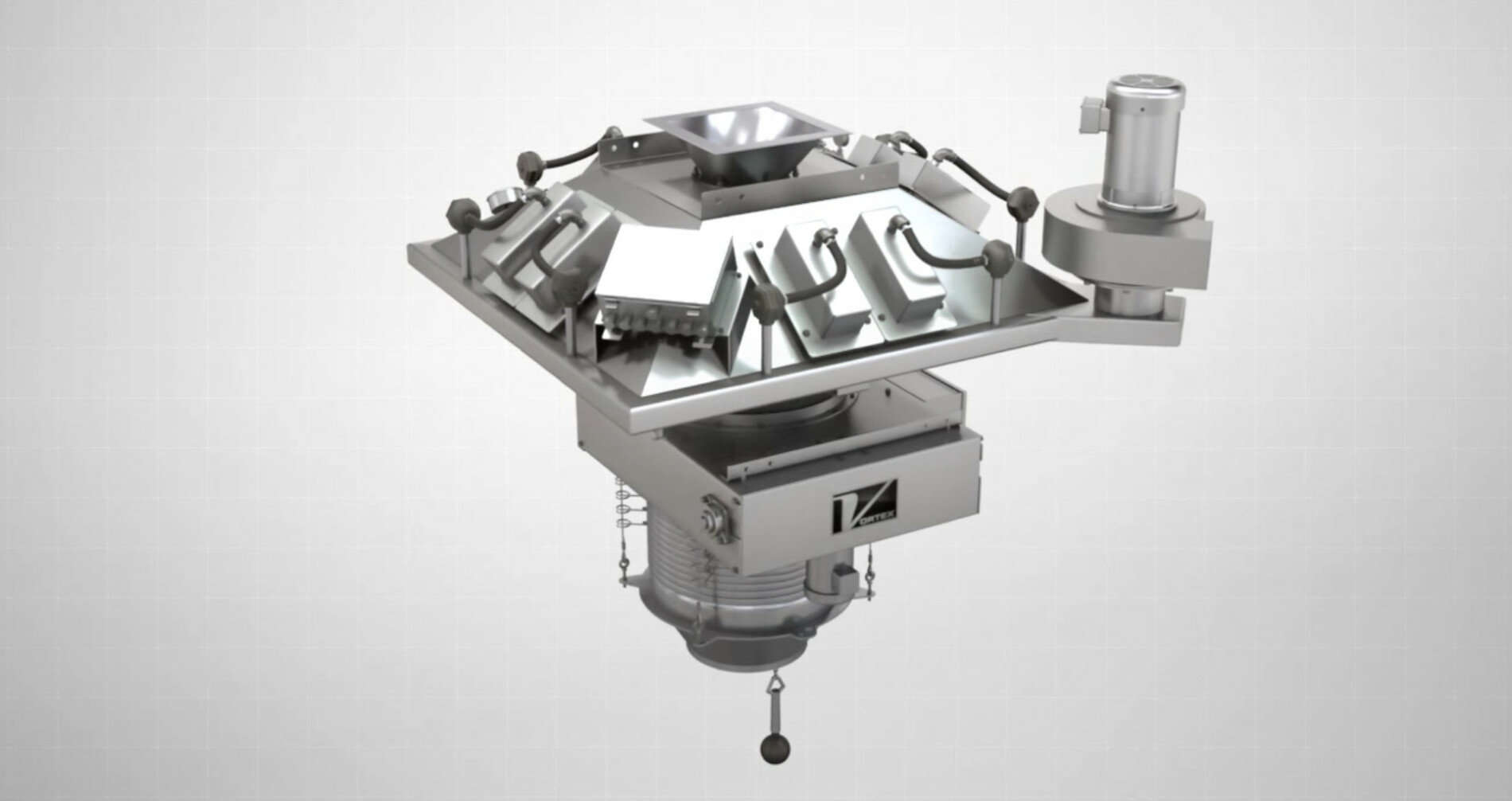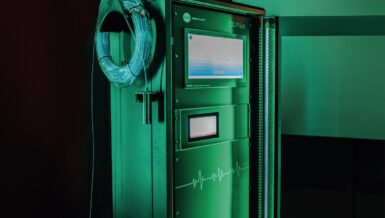If you’re looking for a comprehensive overview of occupational exposure bands and their importance, you’ll find it here — and much more. This whitepaper will cover methodologies for OEB determination and the practical application of OEBs in ensuring worker safety. You’ll also walk away with insights into regulatory aspects, challenges and emerging trends in the field.

The Value of Occupational Exposure Bands
OEBs provide a systematic and standardized approach to assessing the potential risks associated with exposure to different substances. They offer several key benefits:
- Risk Communication – OEBs help communicate the potential hazards associated with substances in a clear and standardized manner. This facilitates effective communication between different stakeholders, including workers, employers and regulatory authorities. Equipment manufacturers also use OEBs to communicate the level of worker protection of any piece of equipment or tool.
- Risk Management – By categorizing substances into bands, OEBs assist in developing appropriate control measures to minimize exposure. This includes engineering controls, personal protective equipment and other risk mitigation strategies.
- Regulatory Compliance – OEBs are often incorporated into regulatory frameworks, guiding industries in complying with occupational health and safety regulations. They provide a basis for setting exposure limits and other regulatory requirements. OEBs are also critical to the design and construction of material handling systems.
Methods for Determining Occupational Exposure Bands
Several methodologies are used to determine OEBs, with the selection often depending on the nature of the substance and available data. Common approaches include:
- Toxicological Assessment – Involves evaluating the toxicity of a substance based on available toxicological data, including studies on acute and chronic effects.
- Occupational Exposure Limit (OEL) Comparison – Compares the potential exposure level to established OELs, such as permissible exposure limits (PELs) or threshold limit values (TLVs).
- Threshold Assessment – Focuses on establishing a level below which no adverse effects are expected, considering factors like no observed adverse effect levels (NOAELs) and uncertainty factors.

Practical Application of Occupational Exposure Bands
Implementing OEBs involves a systematic risk assessment process. The author recommends a four-step process to perform the risk assessment process.
- Identification of Hazardous Substances – Identify and list all substances present in the workplace that may pose health risks to workers.
- Toxicological Assessment – Evaluate the toxicity of each substance based on available data.
- Determination of OEBs – Assign appropriate OEBs to each substance based on the determined level of risk.
- Risk Management – Develop and implement control measures to reduce exposure, considering engineering design, administrative controls and personal protective equipment.

Once the risk assessment process is complete, management should assume full responsibility to take corrective action to separate, or at least minimize, worker contact with toxic substances. This often requires capital spending for new equipment, containment or process redesigns to make the workplace as safe as possible by lowering the OEB levels.
The Regulatory Side of Things
OEBs are often integrated into occupational health and safety regulations to ensure a standardized approach across industries. Regulatory authorities may set specific OELs, or reference values based on the assigned OEBs, and companies are required to comply with these standards. In this regard, ignorance is no defense. Management should be aware of all existing or potential workplace hazards.
Challenges and Emerging Trends to Keep Top of Mind
- Data Availability – Limited toxicological data for certain substances can pose challenges in accurately determining OEBs.
- Global Harmonization – Efforts are underway to harmonize OEB methodologies globally, facilitating consistency and ease of compliance for multinational companies.
- Advancements in Toxicology – Emerging technologies and methodologies in toxicology, such as in vitro testing and computational modeling, may influence OEB determination in the future.
Concluding Thoughts
Occupational exposure bands are a vital tool in ensuring the health and safety of workers exposed to hazardous substances in the workplace. By providing a systematic and standardized approach to risk assessment, OEBs contribute to effective risk communication, regulatory compliance and the implementation of appropriate control measures. These control measures should be considered in purchasing and designing material handling equipment and systems. As industries evolve, ongoing efforts in data collection, regulatory harmonization, and toxicology advancements will continue to shape the OEB field.
As a provider of bulk ingredient handling systems, AZO recognizes the importance of OEBs. Backed by engineering-centric design and industry experts, you can rest assured our systems are uniquely built to keep your workers safe. Contact us to learn more about our equipment and systems, and how we can support you.













